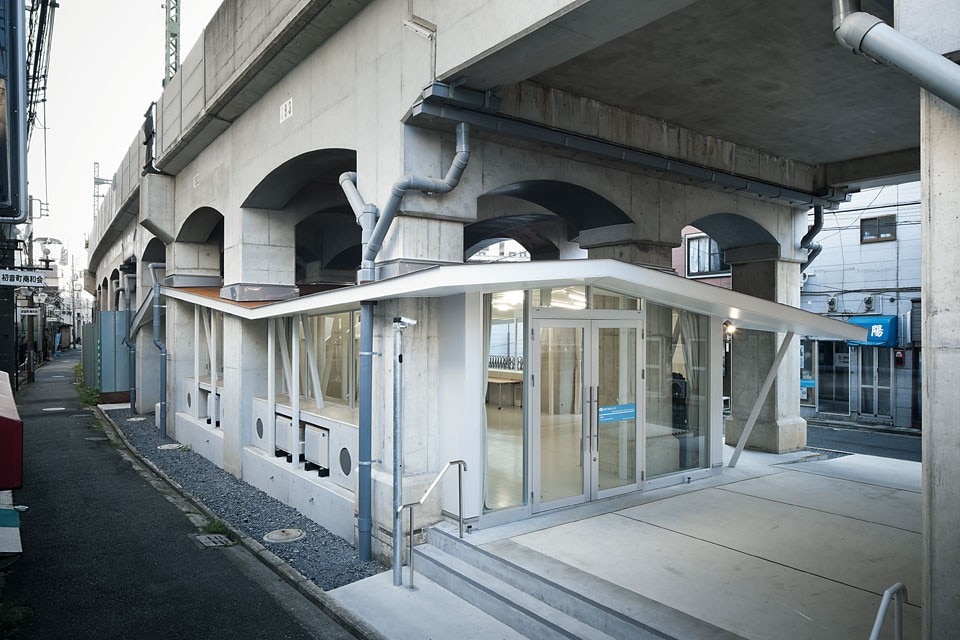Architecture reincarnated
The words recycling and reuse may be in the DNA of Japanese culture, but they sank into oblivion with the rise of unbridled consumerism after World War II. In more recent times, however, a number of Japanese architectural and urban developments have displayed a reversal of this trend.


